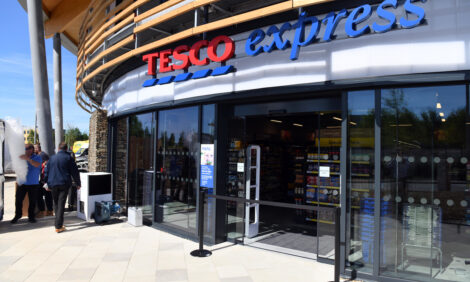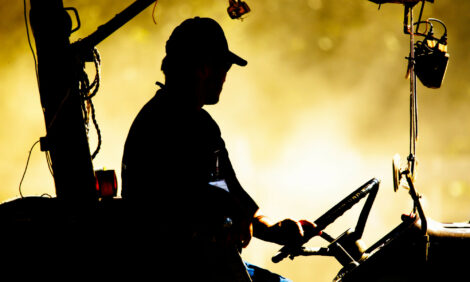



After Years Of Decline, Calf Registrations Increase
NORTHERN IRELAND, UK - Over the last five years there was a steady, ongoing decline in beef calf births in Northern Ireland, reports the Northern Irish Livestock and Meat Commission. The removal of direct subsidies and introduction of the Single Farm Payment in 2005 meant that beef producers were no longer incentivised by headage payments on cattle. With market returns and profitability generally poor during the subsequent years, the natural result was for farmers to cut back on production with suckler cow numbers coming under pressure. In terms of beef calf births, the result was a decline in registrations between 2005 and 2009.
In 2010, following improved prices (if not necessarily improved profitability) in 2009, there was a stabilisation in the beef herd, with beef-sired calf births slightly higher than previous year levels. The latest calf birth figures are for the first half of 2011 and they show that beef-sired calf birth registrations are on the increase this year.
Figure 1 shows that beef-sired calf registrations were up by four per cent in the first half of 2011. This increase was driven mainly by increased numbers sired by continental bulls. Limousin calf numbers were up by 2,911 head, Charolais calf numbers increased by 1,889 head on the year, while Simmental calf birth registrations rose by 1,608 head. Belgian Blue numbers fell slightly (- 328 head). Traditional breeds, such as Angus and Hereford also appear to have increased, but to a lesser degree than continental breeds. Angus numbers were up by 822 head, while Hereford numbers were up by just over 500 head.
Increased beef-sired calf births reflect an increase in the number of beef cows and heifers-in-calf, recorded in the December Agricultural Survey by DARD. The December Survey showed a three per cent increase in the number of beef cows on the ground, while the number of beef heifers-in-calf was up by eight per cent.
The dairy herd also expanded slightly in 2010, with the December census showing a one per cent increase in the number of dairy cows on the ground. This increase, perhaps coupled with greater use of dairy bulls and increased retentions has led to a sharp increase in dairy-sired calf registrations in the last year.
Total dairy-sired calf registrations are up by nine per cent in the first half of 2011 compared to the same period in 2010. Included in this are Fleckvieh, which is a dual breed. In the first six months of the year, almost 2,000 Fleckvieh births were registered, up from 1,220 in the same period last year. Holstein numbers increased by 3,000 head (14 per cent), while Friesian numbers were up by nearly 4,000 head (seven per cent).
When looking at the dairy herd, it is male dairy- sired animals that have the most potential to impact the beef trade. Dairy-sired male calves born out of the dairy herd in the first half of 2011 were 11 per cent higher than in the first half of 2010.
Were these animals reared in NI for local slaughter, it could drive an increase in young bull slaughterings. However, the likelihood is that a large proportion of these animals have already been exported as calves to destinations like Spain and Hungary in 2011 and the increased dairy bull calf births may have only a limited impact on factory throughput further on down the line.
Figure 2 shows that Limousin and Charolais remain the most popular beef breeds in NI, accounting for 43 per cent of all calf births in NI in the first half of 2011. Angus numbers are steady at 10 per cent of all calf births. Friesian and Holstein calf births accounted for 28 per cent of all calf births in NI in the first half of the year.
Further Reading
| - | You can view the full report by clicking here. |
TheCattleSite News Desk


